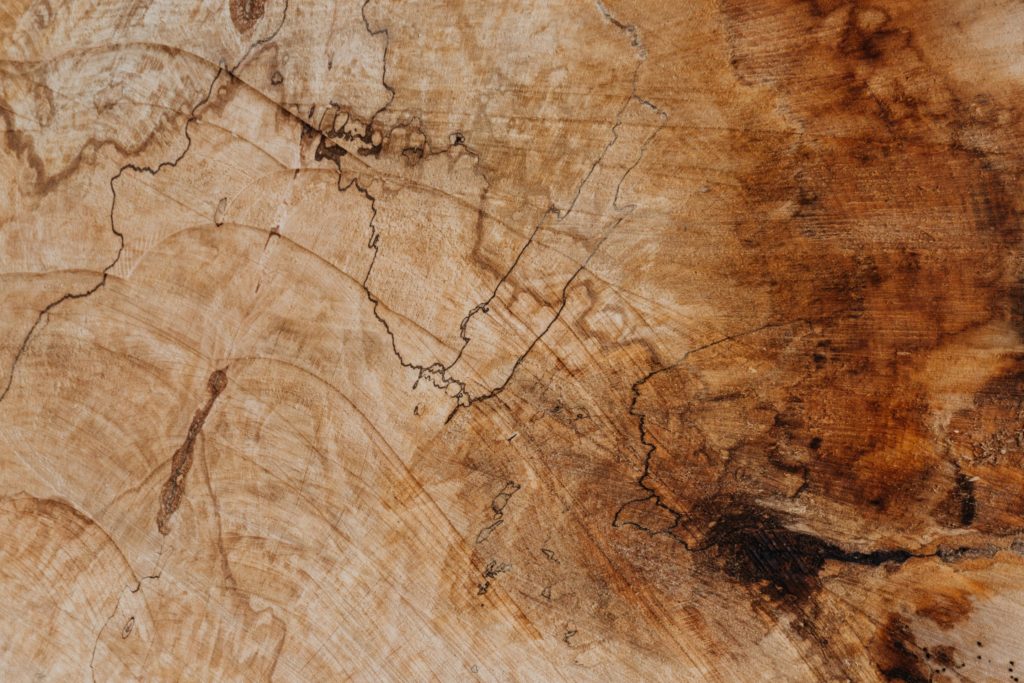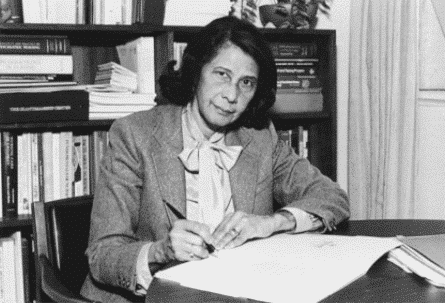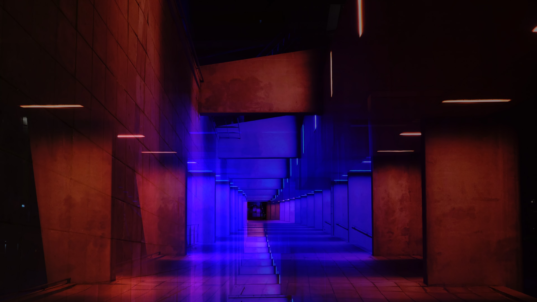
Photo by Marina Reich on Unsplash
As the director of the local arts museum, Jenny Aguilar was one of the most connected persons in her community. Lately when she met with her colleagues, as a group or individually, their conversations would turn to the ways their community seemed to be a microcosm of the nation as a whole. And not necessarily in a good way. It seemed as if all the threads that had held the community together were unraveling. The divisions that were so prominent in the nation were also making themselves known in the community. The basic principles that had worked to hold the nation, and her community, together were now being challenged by influencers who were bent on disrupting the beliefs and values of those who were easily swayed.
The only thing that Jenny had to keep her spirits up was the upcoming wood sculptures exhibition featuring the work of Doug Poston, a sculptor known for his wood creations. The night before the exhibition opened, Jenny invited Doug to dinner. She wanted the chance to talk with him about his artistic vision and to really understand his wood sculpting process.
Jenny: I’d like you take me through a sculpture from start to finish. I guess you can start by finding wood you can work with?
Doug: I used to do that, but that just didn’t seem right.
Jenny: What do you mean?
Doug: I just feel every piece of wood has potential to be something great. Now I literally just pick a piece of wood. Any piece of wood.
Jenny: Then what?
Doug: I view it from all directions. This may sound new-ageish but the wood will talk to me if I just listen. It seems as if the wood has an idea of what it might be and my role is to help shape it into that vision.
Jenny: That does sound new-ageish as you say, but I can’t deny the results. I’ve seen the before and after photos you have taken. Once you have the vision, what do you do next?
Doug: That’s when I begin to shape the wood into the vision that we developed. “We” being the wood and me.
Jenny: I guess that’s where your artistic talent takes over?
Doug: I have to admit that not many people could do the sculpting, but not for the reasons you might expect.
Jenny: What do you mean?
Doug: There is a skill to sculpting wood, and it takes practice to learn that. But the most important traits for fulfilling the vision of a sculpture are things like patience, resilience, adaptability, awareness, and acceptance. Sculpting is an adaptive journey, not a repeatable process. Every piece of wood has its own challenges, and you have to work within those.
Jenny: What’s the hardest part of the work you do?
Doug: Saying goodbye to the sculptures that I complete. I always worry that there is more that I could have done to help that piece of wood live up to its full potential.
As she drove home, Jenny began to recall the conversation and something bugged her. “Why can’t we view every person in our community the way that Doug looks at a piece of wood?”
* * *
“What sculpture is to a block of marble, education is to the human soul.” – Joseph Addison (essayist)



